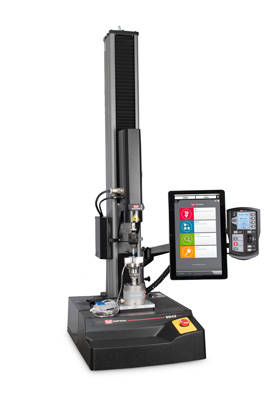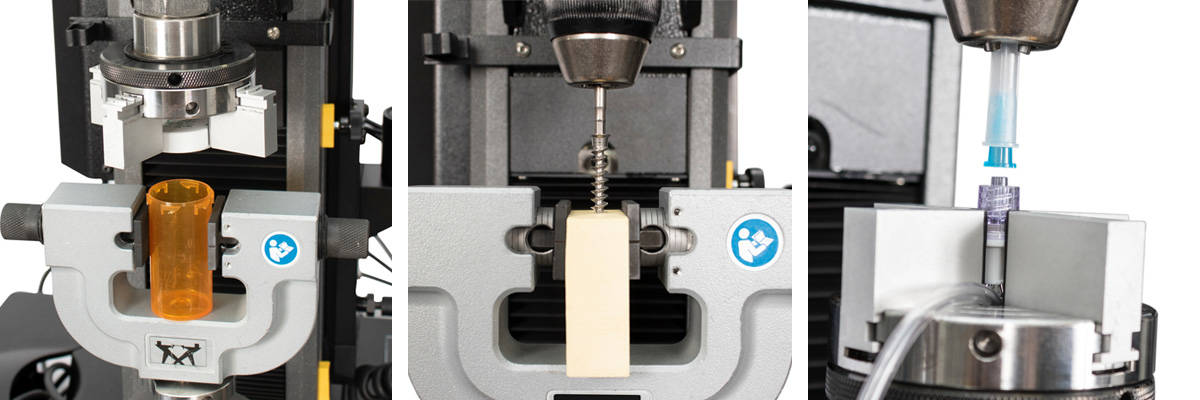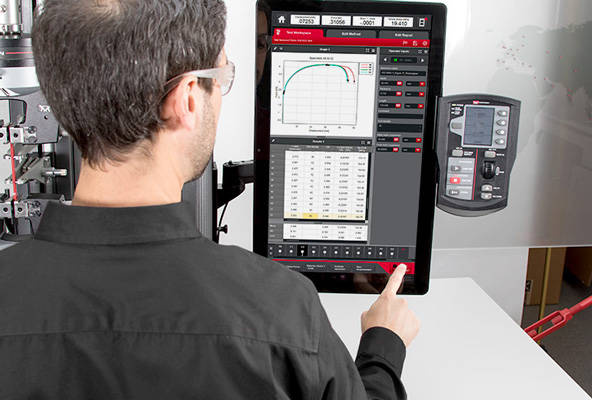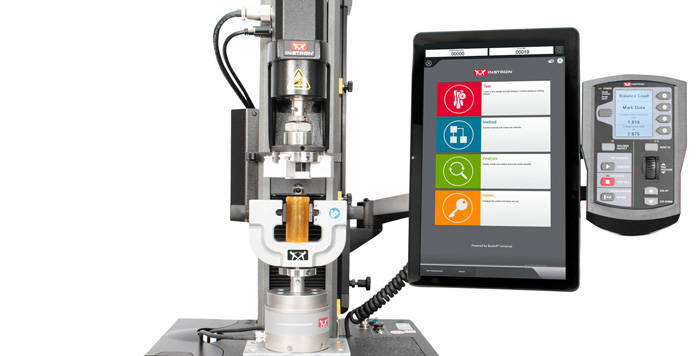A Guide for Choosing the Right Biaxial Testing System
The demand for medical consumables has never been greater. Manufacturers of common devices such as syringes, orthopedic implants, and medicine bottles are seeing an increased demand for their products, thanks in part to an aging global population. As demand increases, so does the need to test consumables to ensure that they are in compliance with national and international standards.
Many of these products can be properly assessed with the help of a biaxial test system. Biaxial test systems measure both force and torque simultaneously, enabling them to test the mechanical properties of twist-and-push devices such as Luer locks, bone screws, and pharmaceutical bottles. Biaxial test systems can sometimes be intimidating to users as they come in many different varieties, are difficult to set up, and require specialized operator training and software programming. This article discusses the differences between commonly-available biaxial systems and considers which factors are most important when choosing a testing software.
Types of Biaxial Test Systems
Anything that requires a push-and-twist action to operate can be assessed for compliance by using a biaxial system, making it an invaluable addition to R&D and QC labs around the world. With such a wide variety of potential testing applications, users can find it difficult to determine which type of biaxial system best suits their needs. In general, biaxial systems can be broken down into three different types: torsional test systems where dead weights hold a static force, static biaxial test systems that allow for full axial test control and simple rotational control, and biaxial fatigue test systems that allow for full axial and torsional test control.
The simplest systems are torsion systems that allow users to use dead-weights to hold a static axial force. Many users prefer these test systems when rotational or torque testing is the primary mode of test control. More specifically, torsion-only systems are best suited to applications that require a product or material to be held in tension or compression and twisted to failure. In addition, a torsion system is best suited for labs that need to quantify shear stress, shear strain, or shear modulus.
Static biaxial test systems that allow full axial test control and simple rotation are highly versatile and most commonly used for Luer connectors, bones screws, and consumer products. Static test systems, more commonly known as universal testing systems, are most often used for tension, compression, and simple cyclic testing. Often a rotational unit (known as a torsion add-on) can be added to this test system for simultaneous axial and rotational testing. One common requirement of users testing medical devices, specifically Luer connectors, is the ability to hold a torque value during a test while simultaneously performing some sort of axial control. When users look to identify a biaxial test system for Luer lock testing to ISO 80369, it is critical that they choose a system that is capable of holding a torque value while also having the full ability to control the axial testing parameters of linear displacement and force.
Due to the need to test orthopedic implants for fatigue and repetitive use over many years, the orthopedic industry often chooses to test their devices with linear-torsion fatigue systems. It is important to note that nearly all testing performed on a torsion-only system and a static biaxial test system can also be performed on a linear-torsion fatigue system. While bone screw testing is most commonly conducted on static test systems with a torsion add-on, some laboratories will test bone screws on a linear-torsion fatigue system if the lab also tests other devices that require fatigue testing.
Software Options
One of the most critical factors impacting the choice of a testing system is its software. Biaxial testing requires dual-axis programming, which can be intimidating. Considering this, it is critical that the software be intuitive and easy to use. Research has shown that a touch-based user interface is the most intuitive interface to use, and is especially helpful for programming test methods for axial and rotational control.
When considering a biaxial test machine, users should carefully assess the method development procedure to ensure that the axial and rotational axis can be easily programmed for testing speed, and that starting and stopping axial and rotational control can be easily set for a variety of scenarios. In addition to its interface, the software should also have an extensive library of calculations to allow the user to automatically calculate test results. In many cases, such as in Luer lock testing, ISO 80369 specifies multiple required steps in order to assemble and disconnect a Luer fitting. This requires multiple axial and rotational ramps or steps to be programmed, and a variety of duplicate calculations need to be reported. For instance, a maximum torque during assembly and maximum torque during disassembly both need to be reported in a given test.
When determining which biaxial test system is best for a laboratory or a specific application, users should consider their test requirements, the future requirements of their lab, and the flexibility and intuitiveness of the testing software. While biaxial testing is often considered complex and difficult to program and set up, with the proper system in place, users can easily write testing methods, perform tests, and analyze results, enabling them to efficiently meet increased market demand for their products.
Written by Elayne Gordonov, Software Product Manager, Instron.
The full version of this article was originally published in Medical Design Briefs.




